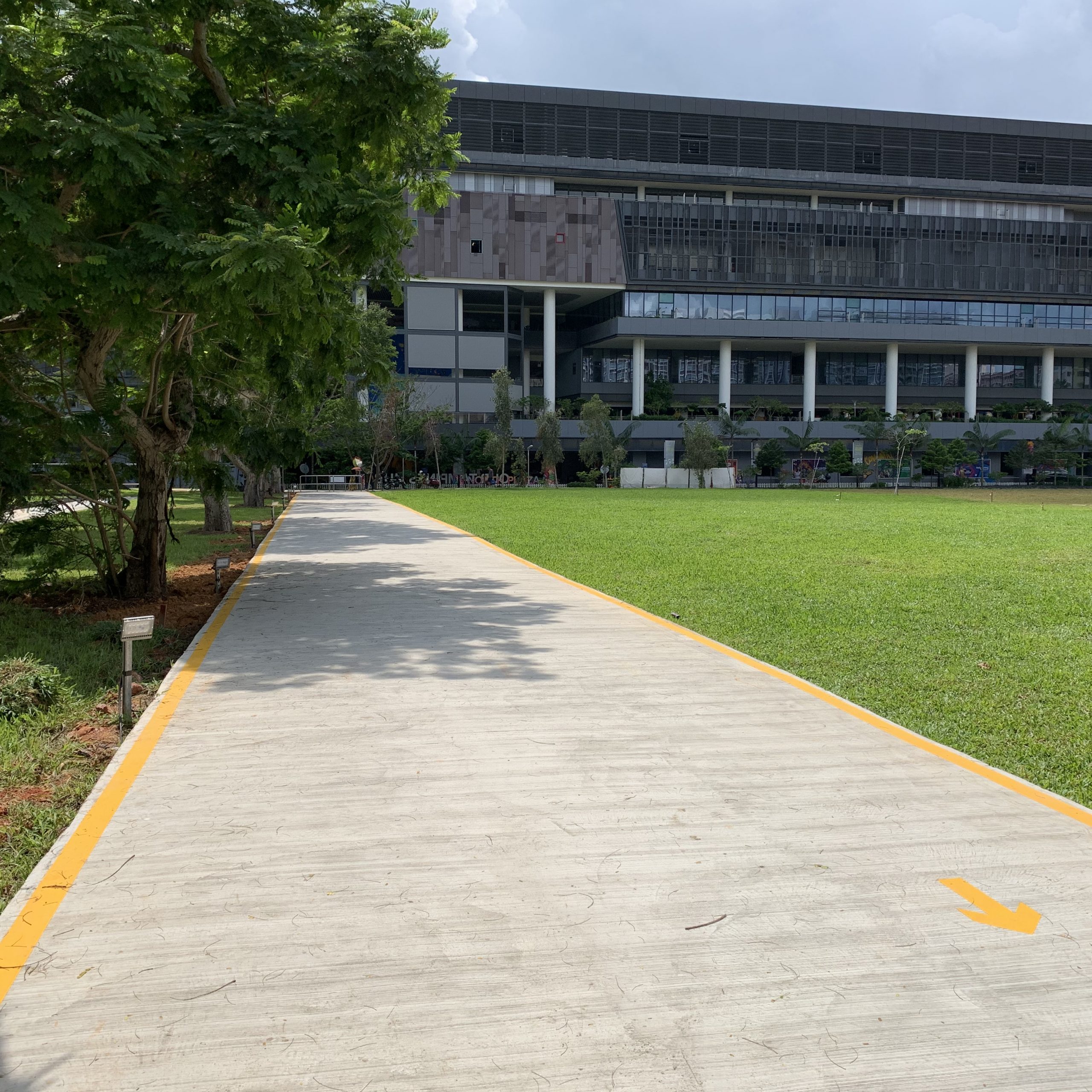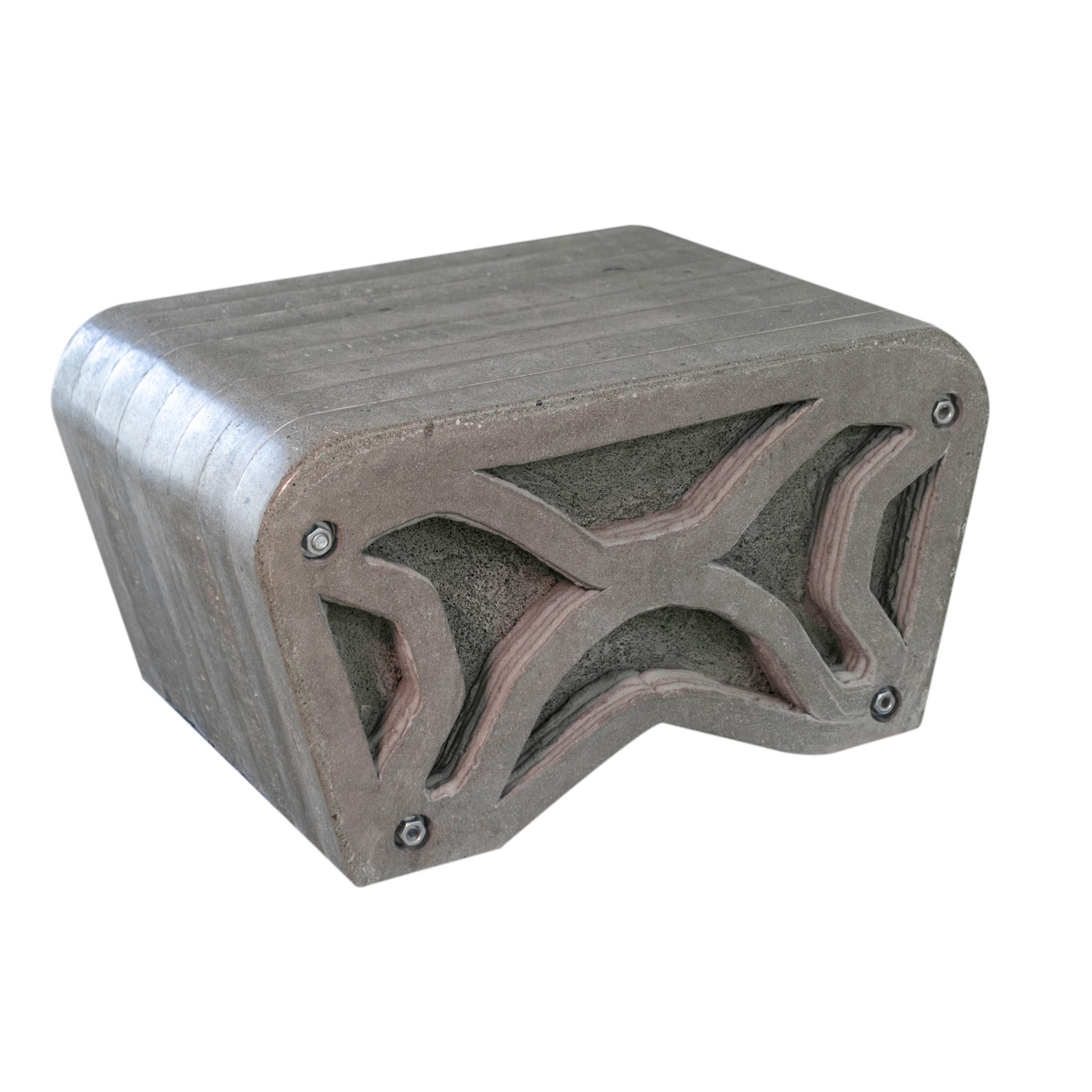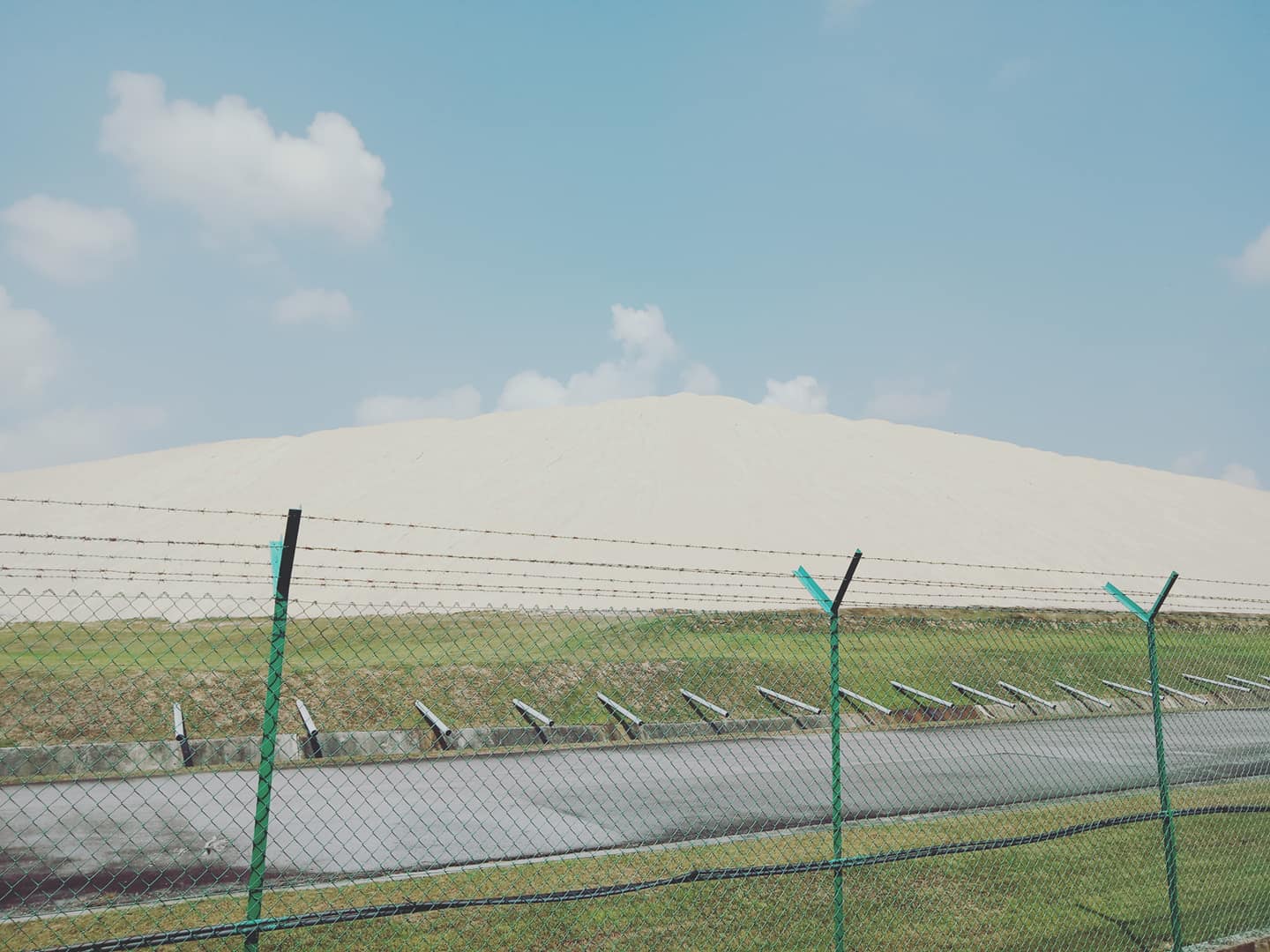Singaporeans are no strangers to the story of NEWater in which wastewater is being purified into potable water.
In the near future, there are more NEW-products to look forward to as Amy Khor, Senior Minister of State for the Environment and Water Resources, announced plans to reduce the amount of waste sent to Semakau Landfill by 30 per cent by 2030 during the Committee of Supply debate on Mar. 4, 2020.
Extending lifespan of Semakau landfill
In a bid to extend the lifespan of our landfill, incinerated bottom ash from the landfill is being treated into materials for construction.
According to the Ministry of the Environment and Water Resources (MEWR), the Semakau landfill could run out of space by 2035 at the rate that waste is being produced and dumped into the landfill in Singapore.
In October 2019, MEWR has awarded contracts to three companies that will collect and treat 3,000 tonnes of incinerated bottom ash into NEWSand from the Waste to Energy Plants in Singapore.
For a start, NEWSand will be used to construct a stretch along Tanah Merah Coast Road during field trials.
NEWSand used to construct 3 segments along Tanah Merah Road
Khor announced that progress is being made in turning incineration ash, a by-product from incinerating trash, into construction material coined as the NEWSand.
She added that:
"We will begin field trials to test potential NEWSand materials in road construction along Tanah Merah Coast Road later this year. Going forward, NEA will launch a Request for Information by mid-2020 for a commercial-scale facility to produce NEWSand."
The field trial, mentioned by Khor, aims to study the safety and impacts of NEWSand on the environment, as treated bottom ash from the process of incineration will be used to construct three sections along Tanah Merah Coast Road.
The three sections will be closely monitored before, during, and after the construction of the road alongside a section, which uses convention materials that are currently being used to construct roads.
This study will allow the government to understand the long-term effects of the new building material using bottom ash from incineration.
One part of the study is to ensure that using NEWSand in road construction does not affect the quality of our water sources, as most of the land area of Singapore is used for the catchment of water.
NEWSand footpath, bench and concrete floor
Trials using NEWSand as construction materials have already begun and here are some examples of what the incineration material from our trash can be recycled into.
This 105-metre long footpath is made from concrete incorporated with MSW slag and can be found between Our Tampines Hub and the Darul Ghufran Mosque.
 Photo by National Environment Agency
Photo by National Environment Agency
NEWSand bench
This bench is made out of 20 per cent MSW slag, measuring 80cm by 105cm by 60cm, and weighing about 560kg.

In addition, a new ground floor area will be built in front of the Environment Building, at 40 Scotts Road by the end of March this year, and the construction will be made with a higher percentage of NEWSand.
What's wrong with regular sand?
If you hang out around our sand reserves in Bedok, you might be amazed at the scale of the sand dunes.
 Photo by Evelyn Yong
Photo by Evelyn Yong
Those piles of imported sand come from countries within Southeast Asia, such as Cambodia, Malaysia, Vietnam and Indonesia.
While Singapore uses the sand to reclaim land and in construction of buildings, this sand is obtained from areas in other countries where natural environments are being destroyed.
One example is in Koh Sralau, Cambodia, where people who live in a fishing village experience a loss of income due to environmental degradation of their mangroves.
The environmental impacts, as well as their domestic demand for sand, have resulted in a ban on exporting sand to Singapore for some of these countries.
Top photos via National Environment Agency and Google Maps
If you like what you read, follow us on Facebook, Instagram, Twitter and Telegram to get the latest updates.
